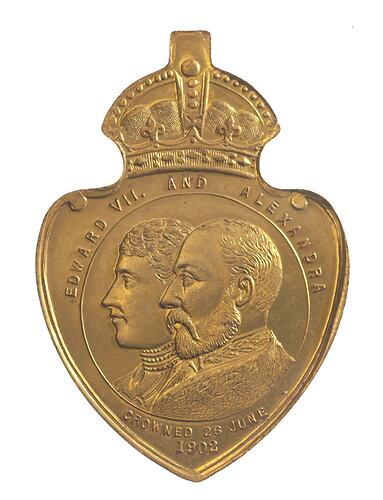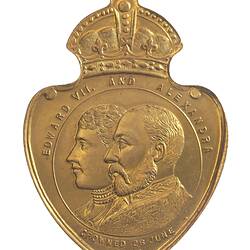The City of Willoughby, Sydney, is located on the North Shore and is partially bounded by Sydney Street, Victoria Avenue, Eastern Valley Way and the line of the old Flat Rock Creek. The area was named by Sir Thomas Mitchell after his friend and former superior officer, Sir James Willoughby Gordon. The Camaraigal Aboriginal group were traditional owners of the region, but by 1830 their traditional lifestyle had been destroyed.
The first local land boom occurred in the early 1850s, following the gold rush. In 1854 William Lithgow subdivided 600 acres and sold it at auction, naming the subdivision 'the Township of North Sydney', a name that was retained until 1890. Until the turn of the century, orchards, Chinese market gardens, dairies and farms were a common feature of the area.
Local facilities began to develop in the following decade. Willoughby Public School was established in Oakville Road in 1863 as the North Sydney National Public School.
In 1865 a petition of 15 signatures resulted in the incorporation of the area as a municipality (called the Municipality of North Willoughby till 1890). The Council seal first appeared in council records on 7 May 1867, containing only the inscription 'Municipality of North Willoughby Common Seal'. By 1872 the seal was inscribed 'Borough of North Willoughby'.
In 1869 James Forsyth established the Rosewall tannery, the first of many tanneries in the area. Many were scattered around a tributary of Scotts Creek, where water and wattle trees, which were used in the tanning process, were plentiful. The last tannery closed in 1992.
The Willoughby Congregational Church was originally established in 1871, the same year that the first post office in Willoughby opened. The first regular transport service from the Willoughby area to Milson's Point was George Leafe's spring cart which took six passengers along rough dirt tracks. In the 1880s William Thomas Muston ran a line of horse-buses along Willoughby Road. In 1897 an electric tram service finally ran from Milson's Point to Crows Nest and along Willoughby Road to French's Road.
In 1890 the floral emblem was used in the middle of the seal for the first time with 'Borough of Willoughby' (rather than North Willoughby).
The century ended with the establishment of the Hotel Willoughby, owned by Tooth and Co., was described as one of the finest buildings on the North Shore. The hotel became a fashionable and flourishing business in the early twentieth century.
The new century opened with the establishment a Methodist Church in Clanwilliam Street in 1901, and a further Methodist church in Frenchs Road in 1906.
In 1902 the Borough of Willoughby was one of many that issued a medal for coronation of Edward VII (NU 20330). In the 1907 version of the seal the 'Municipality of Willoughby' replaced 'Borough of Willoughby'.
From about 1909 a private school, 'Rowfant' operated in Willoughby Road. It continued for about fifty years. The Royal Theatre on the corner of Willoughby and Mowbray Roads was established in 1915, and was a local institution for many years, finally being demolished in 1960.
During the Depression an Unemployment Relief Scheme saw the construction of an important local road, Eastern Valley Way. In 1934 the Willoughby Home Science School opened, providing opportunities for girls to receive training (it later became Willoughby Girls High School). In 1935 the local employment situation was eased when Edward Hallstrom opened the 'Silent Knight' refrigerator factory in Willoughby Road, after whom Hallstrom Park was later named.
Willoughby became a City on 17 November 1989.
References:
City of Willoughby website http://www.willoughby.nsw.gov.au/
More Information
-
Keywords
-
Localities
-
Authors
-
Article types

